The matcha tea market in North America is characterized by a dynamic competitive landscape, driven by increasing consumer interest in health and wellness, as well as the growing popularity of premium beverages. Key players such as Ippodo Tea Co (Japan), Encha (US), and Jade Leaf Matcha (US) are strategically positioned to capitalize on these trends. Ippodo Tea Co (Japan) focuses on maintaining high-quality sourcing and traditional production methods, which appeals to discerning consumers. Encha (US) emphasizes organic certification and sustainability, aligning with the values of health-conscious buyers. Jade Leaf Matcha (US) leverages digital marketing and e-commerce to reach a broader audience, showcasing the importance of innovation in distribution channels. Collectively, these strategies contribute to a competitive environment that prioritizes quality, sustainability, and accessibility.
In terms of business tactics, companies are increasingly localizing manufacturing and optimizing supply chains to enhance efficiency and reduce costs. The market structure appears moderately fragmented, with several players vying for market share. This fragmentation allows for niche brands to thrive, while larger companies can leverage economies of scale. The collective influence of these key players shapes the market dynamics, as they compete not only on product quality but also on brand loyalty and consumer engagement.
In October 2025, Encha (US) announced a partnership with a leading health and wellness influencer to promote its organic matcha products through social media campaigns. This strategic move is likely to enhance brand visibility and attract a younger demographic, which is increasingly turning to social media for product recommendations. By aligning with influencers, Encha aims to solidify its position in the competitive landscape and drive sales growth.
In September 2025, Jade Leaf Matcha (US) launched a new line of ready-to-drink matcha beverages, targeting the on-the-go consumer segment. This product diversification reflects a strategic response to changing consumer preferences for convenience and health. The introduction of ready-to-drink options may not only expand their market reach but also strengthen their brand presence in a rapidly evolving beverage sector.
In August 2025, Ippodo Tea Co (Japan) expanded its distribution network by entering into a partnership with a major North American grocery chain. This strategic action is indicative of Ippodo's commitment to increasing accessibility to its premium matcha products. By placing its offerings in mainstream retail locations, the company is likely to attract a broader customer base, thereby enhancing its competitive positioning.
As of November 2025, current trends in the matcha tea market include a strong emphasis on digitalization, sustainability, and the integration of technology in production processes. Strategic alliances are increasingly shaping the competitive landscape, allowing companies to pool resources and expertise. Looking ahead, competitive differentiation is expected to evolve, with a shift from price-based competition to a focus on innovation, technology, and supply chain reliability. This transition may redefine how companies engage with consumers, ultimately fostering a more sustainable and resilient market environment.



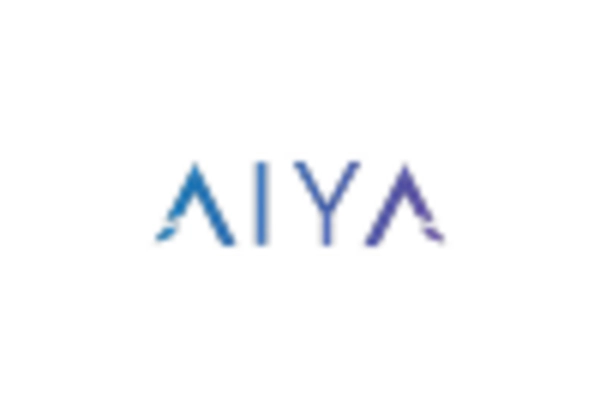
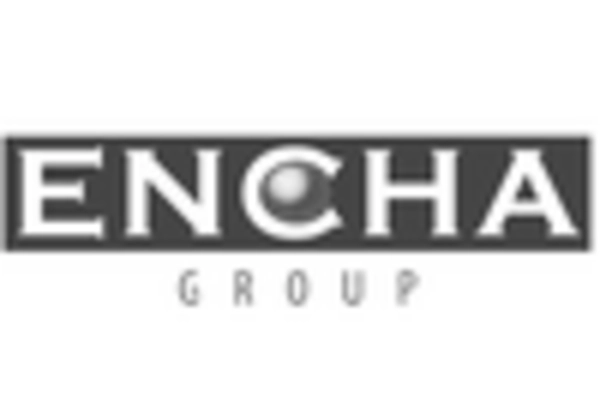
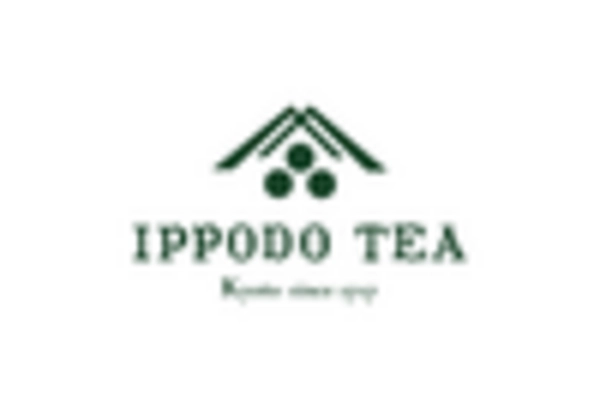
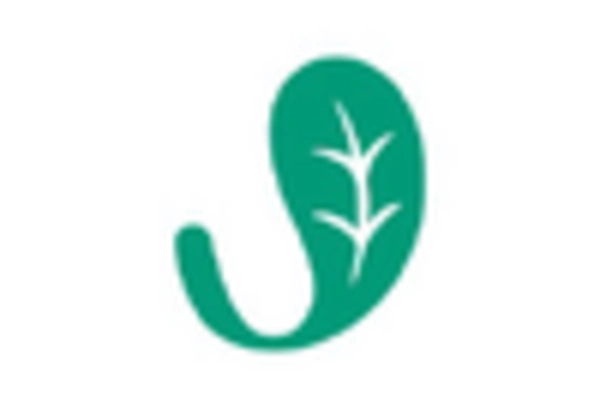
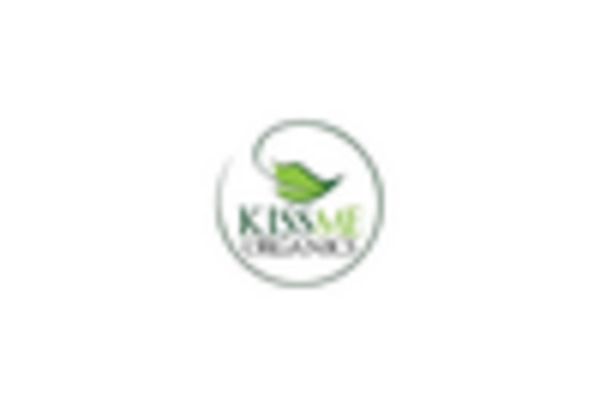
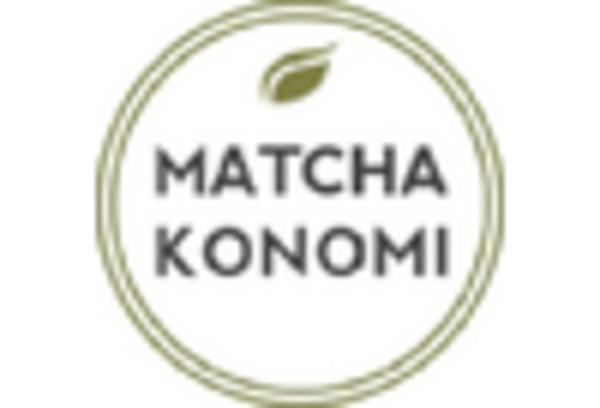








Leave a Comment